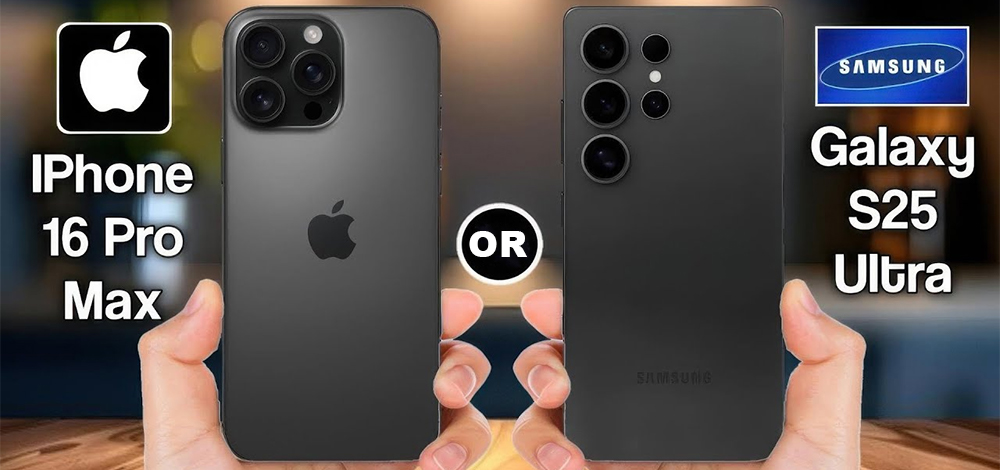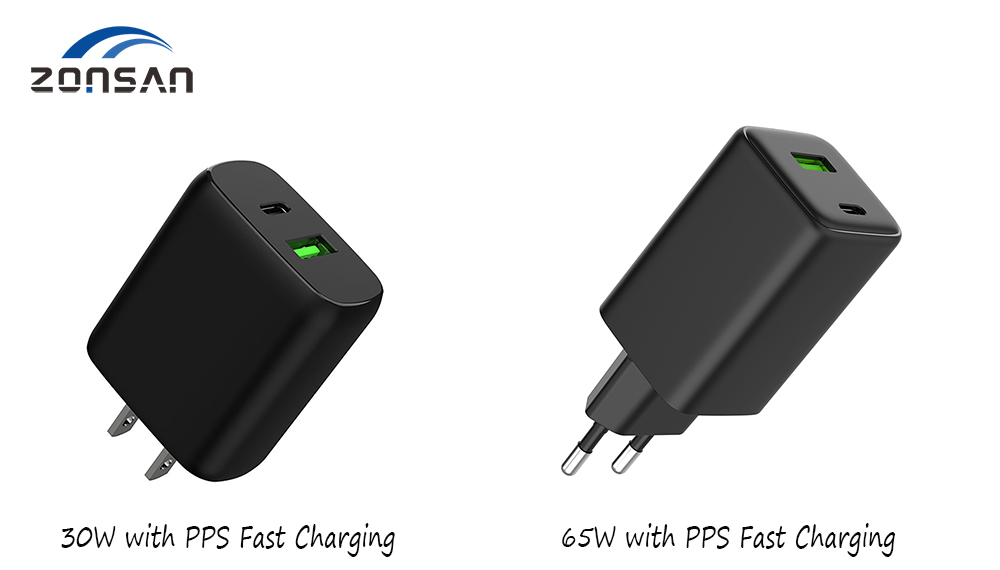iPhone And Samsung Phones Support PPS Charging?
1. How PPS works
First, traditional USB PD chargers usually output current at fixed voltage levels (such as 5V, 9V, 12V, 20V). PPS technology allows the charger and device to be adjusted with smaller and more detailed voltage increments (generally 0.02V), and the current can be flexibly adjusted within the range of 3A to 5A. This means that the PPS charger can adjust the output voltage and current in real time according to the needs of the device, thereby achieving a more efficient charging effect.
2. Advantages of PPS
Higher charging efficiency: PPS can reduce the power waste generated by traditional fixed voltage chargers by dynamically adjusting voltage and current, and improve overall charging efficiency.
Reduce heat generation: More accurate voltage adjustment can be performed between the charger and the device, reducing unnecessary power conversion, which will reduce device heat generation.
Extend battery life: PPS technology can also automatically adjust power output at different charging stages, reduce the risk of overcharging or overheating, protect battery health and extend service life.
▶RELATED: PPS VS PD Charger.
3. Typical applications of PPS
PPS charging is widely used in devices that support USB PD 3.0 and above protocols, smartphones (especially Samsung Galaxy series), tablets, laptops and other smart devices. For example, Samsung's Super Fast Charging 2.0 is based on PPS technology, which can fully charge mobile phones in a shorter time.

Does iPhone support PPS charging?
Currently, iPhone does not support PPS charging. Although iPhone models in the past two years (such as iPhone 14, iPhone 15 and iPhone 16 series) support USB PD 3.0 fast charging protocol, they mainly use fixed voltage PD mode (such as 9V, 20V) to achieve fast charging. Although the iPhone has enhanced its fast charging capability after using the USB-C interface, it has not yet fully supported the dynamic voltage adjustment function of PPS.
If your device (such as the Samsung Galaxy series) supports PPS charging, choosing a PPS charger is the best choice. For iPhone users, it is currently best to choose a high-quality USB PD charger.
4. Device and charger compatibility
Although PPS charging brings a more efficient charging experience, both the device and the charger need to support PPS to achieve this function. If the device does not support PPS Charging, even if a charger with PPS function is used, it can only be charged at the fixed voltage of traditional USB PD. If you have specific needs for PPS, when purchasing a charger, please confirm whether the charger and data cable support the PPS function so that the charging effect can be maximized.
5. How to identify a charger that supports PPS
In the technical specifications of a charger, it is usually marked with "PPS" or "USB PD 3.0 with PPS" and lists its adjustable voltage and current ranges, such as "3.3V-11V/3A" or "3.3V-21V/4A".
OEM USB Charger Recommendation
